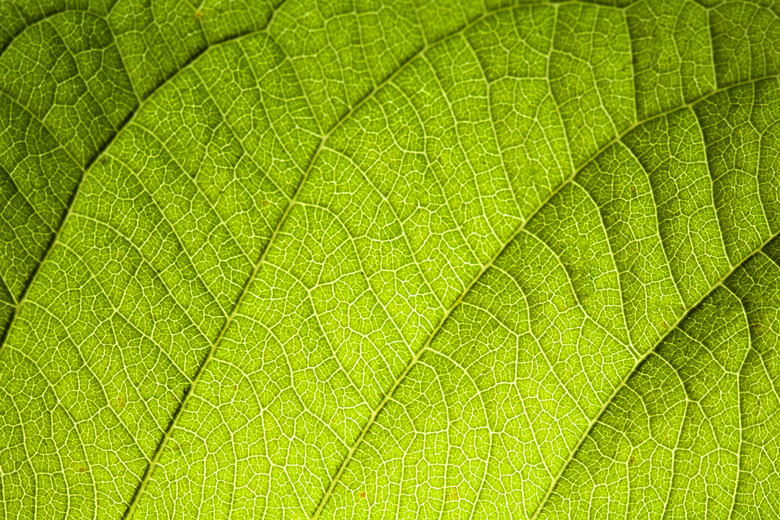How Do Stomata Work In Photosynthesis?
The role of stomata in photosynthesis is often undervalued. But, these tiny pores control the entrance of carbon dioxide and the exit of oxygen and water vapor. Ultimately, stomata function to control the rate of photosynthesis.
Process of Photosynthesis
Process of Photosynthesis
Plants use photosynthesis to make glucose. By using the sun's energy to combine water and carbon dioxide, plants make glucose, a type of sugar, and release oxygen, a waste product from the photosynthesis process. This chemical reaction takes place in the chloroplasts contained in the inner layers of plant leaves. Some plants have very small leaves and photosynthesis takes place in the bark or stems.
Raw Materials of Photosynthesis
Raw Materials of Photosynthesis
The raw materials of photosynthesis consist of six water molecules (6H20) and six carbon dioxide (6CO2) molecules. In most plants, the roots absorb water from the soil. The water travels up through the xylem, a specialized layer of cells. In some plants, the water is absorbed through the leaves, directly from the air. Carbon dioxide, an atmospheric gas, enters the leaf through the stomata, the tiny pores in the leaves (a stoma is a single pore). When water enters directly from the atmosphere, it also enters the leaf through stomata. These raw materials travel into the chloroplasts in the spongy and palisade layers of the leaf. The chemicals react, using the sun's energy absorbed by the chlorophyll in the chloroplasts.
Products of Photosynthesis
Products of Photosynthesis
The chemical reaction of photosynthesis results in one sugar molecule (glucose: C6H12O6) and 6 oxygen pairs (6O2). Plants store the glucose and release the oxygen as a waste product, with most of the oxygen leaving the plant through the stomata.
How Stomata Work
How Stomata Work
Each stoma (the tiny pore or hole) is flanked by two guard cells which expand and contract, closing and opening the stoma. Two controls on the opening and closing of the stomata are the plant's water balance and the carbon dioxide concentration. When the plant becomes dehydrated and wilts, the closing of a plant's stomata will retain water. When the moisture level increases, the stomata open again. When the carbon dioxide level in the leaf declines below normal, about 0.03 percent, the stomata open to admit more carbon dioxide.
Role of Stomata in Photosynthesis
Role of Stomata in Photosynthesis
Stomata control the flow of gases in and out of leaves. During the day, when air temperatures rise and carbon dioxide levels are normal or above normal, the stomata open, allowing carbon dioxide to enter and photosynthesis to take place. Oxygen, a poisonous (to the plant) byproduct of photosynthesis, exits through the stomata. At night, the glucose recombines with oxygen, releasing energy as the glucose molecule breaks back into water and carbon dioxide. The excess water exits through the stomata in a process called transpiration. So, stomata do not directly participate in photosynthesis. However, the stomata control the influx of carbon dioxide, a critical component of photosynthesis, and allow the excess oxygen to exit. Stomata also control the flow of water vapor out of the leaf, limiting water loss during drought and allowing excess water to exit.
Cite This Article
MLA
Blaettler, Karen G. "How Do Stomata Work In Photosynthesis?" sciencing.com, https://www.sciencing.com/do-stomata-work-photosynthesis-5498075/. 22 November 2019.
APA
Blaettler, Karen G. (2019, November 22). How Do Stomata Work In Photosynthesis?. sciencing.com. Retrieved from https://www.sciencing.com/do-stomata-work-photosynthesis-5498075/
Chicago
Blaettler, Karen G. How Do Stomata Work In Photosynthesis? last modified March 24, 2022. https://www.sciencing.com/do-stomata-work-photosynthesis-5498075/
